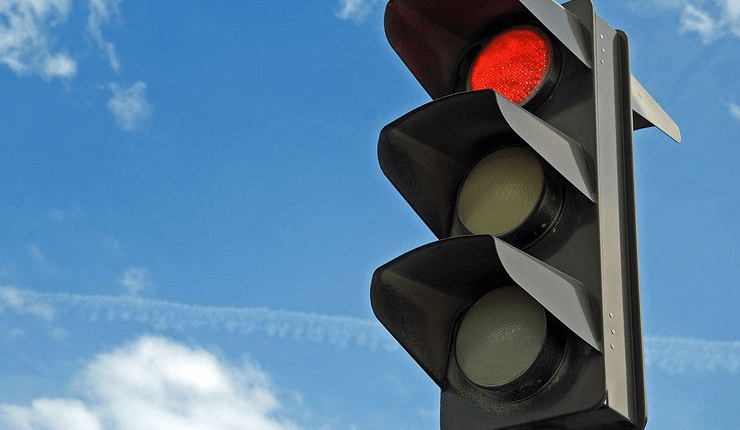Who Invented the Traffic Light?
Initially, a street traffic light was installed on December 10, 1868 in London. It was invented by the British designer J.P. Knight. The prototype of the street traffic light was the railway one, which has been used for a long time to coordinate transportation. Before the traffic lights were activated, detailed rules were published in the newspapers of London, which explained in detail what green and red stood for.
Installed near the British Parliament building, the traffic light was mechanical, it was regulated manually, and also had two index wings. If the planes were raised, this meant a “stop" warning, and when they were lowered, passage was allowed, but only “with caution”. The replacement of unlit and painted signs was carried out using the design of drive belts. This lantern, covered with green glass on one side and red glass on the other, was mounted on a high pole. It could be rotated in different directions with the help of a crank mounted in its base. For this, a specially assigned policeman was present nearby. To make the teams more visible in bad weather and at night, gas pipes were brought inside. However, for the career of the first street traffic light, this transformation turned out to be fatal. The lantern once exploded and wounded a policeman who was standing nearby. After this incident, the history of the traffic light stopped for almost half a century.
The reappearance of the automatic traffic controller occurred in 1914 in Cleveland, USA, and later in New York and Chicago. The electric traffic light was created by Garrett Morgan, an inventor and entrepreneur in Cleveland, Ohio. Morgan received a patent for the invention only nine years later.
Traffic lights were electric, but also contained only two signs – green and red. Yellow came into use only in 1918. In early traffic lights, a beep sounded when the light changed. But as the traffic and the associated hum increased, it became clear that a light warning signal, switched on between the “stop” and “move” signals, would be more effective than an acoustic one. In 1918, yellow was added to traffic lights to signal drivers that a stop signal was about to come on.
